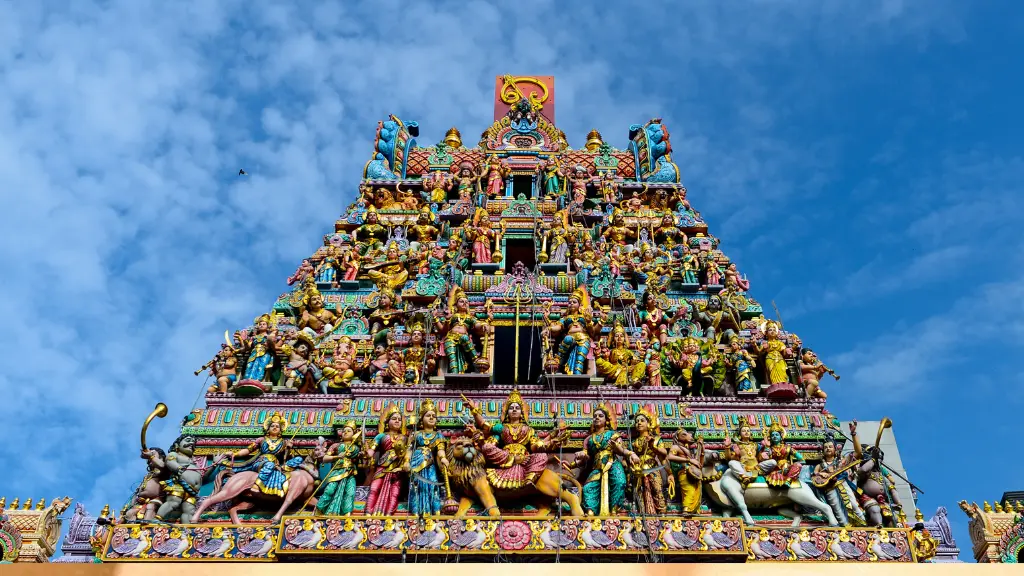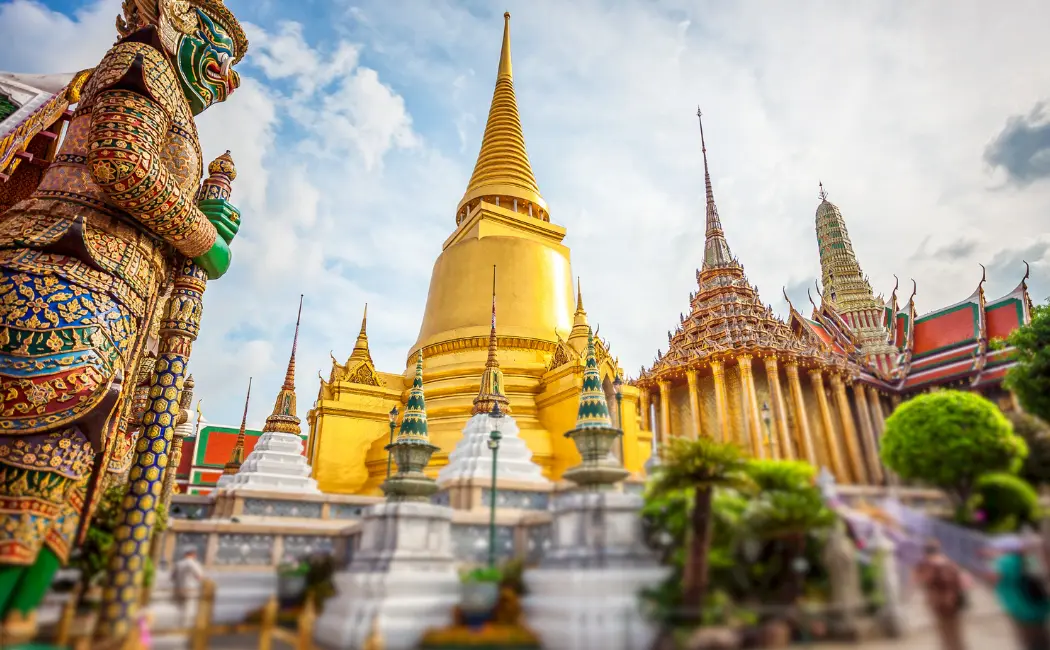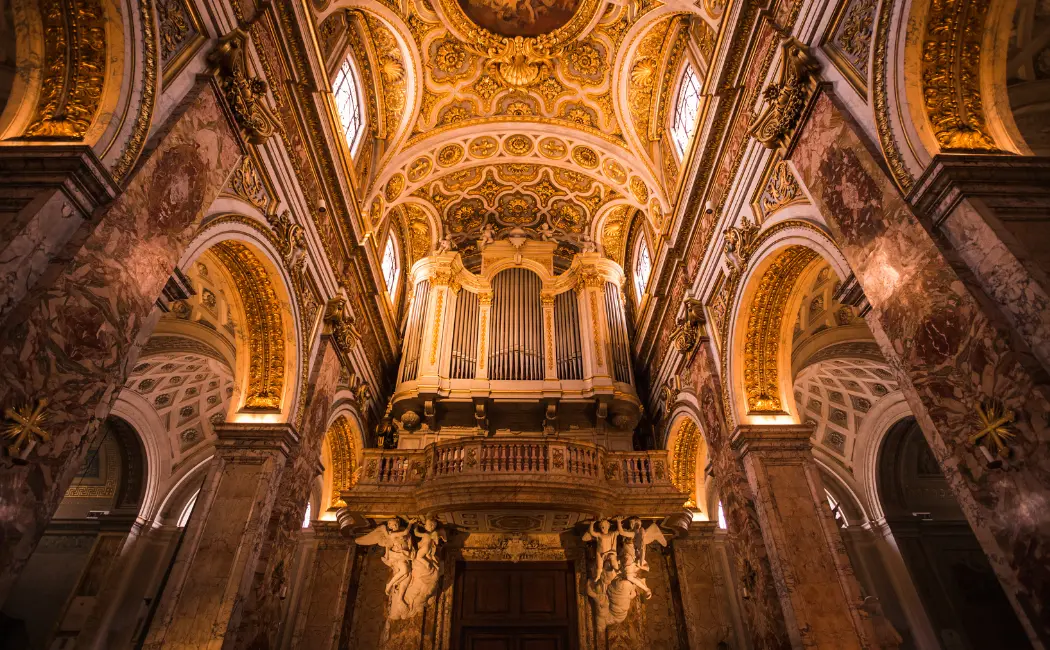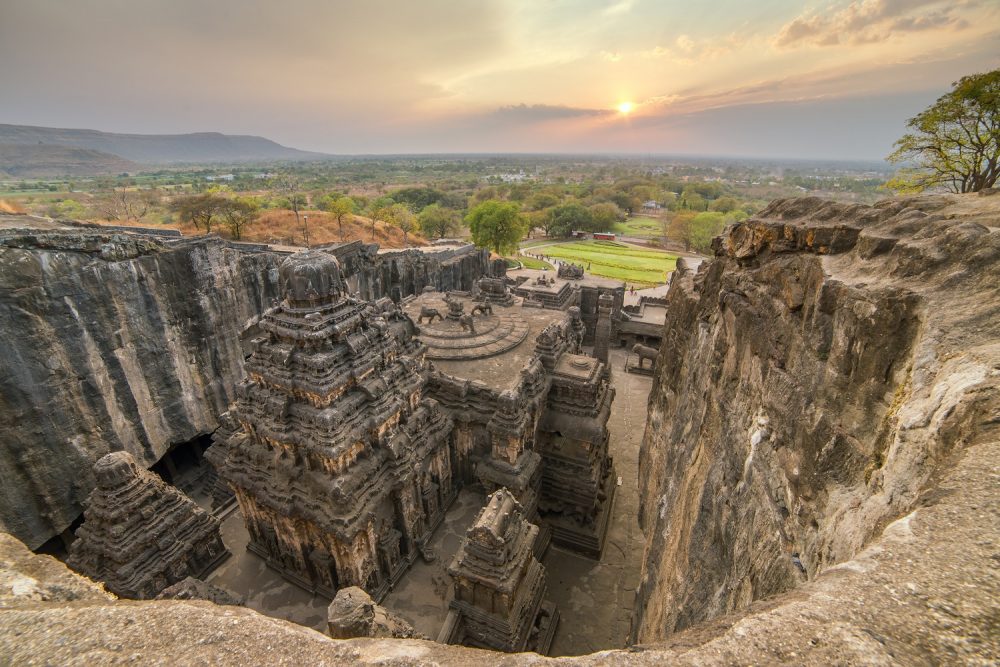Introduction: A Glimpse into the Sri Veeramakaliamman Temple
Tucked away in the vibrant Little India district of Singapore, the Sri Veeramakaliamman Temple stands as one of the most important and beautiful Hindu temples outside of India. This sacred sanctuary is dedicated to Goddess Kali, a powerful and revered deity in Hinduism, symbolizing strength, power, and destruction of evil. The temple is not just a religious site but also a cultural icon, drawing both devotees and tourists alike to witness its stunning architecture and deep spiritual significance.
For visitors from the USA or anyone with an interest in cultural exploration, the Sri Veeramakaliamman Temple offers a unique insight into Tamil Hindu traditions, spirituality, and community life in Singapore. In this blog, we will dive deep into the temple’s rich history, its architectural marvels, spiritual significance, and why it’s a must-visit on your travel itinerary.
You May Also Like: 6 Key Jewelry Trends We’ve Been Seeing Everywhere for Fall 2024
1. The History Behind Sri Veeramakaliamman Temple
Founded in the mid-19th century, the Sri Veeramakaliamman Temple is one of Singapore’s oldest Hindu temples. Built by Tamil laborers who had migrated from South India, the temple originally served as a place of worship for the Hindu community, particularly those who revered Goddess Kali, also known as Veeramakaliamman, the fearless form of the divine mother.
The temple’s history mirrors Singapore’s growth as a multicultural hub. Over the years, it has undergone multiple expansions and renovations to accommodate the growing number of devotees and visitors. Despite these changes, the temple has remained a beacon of Tamil culture and Hindu faith, standing tall as a symbol of resilience, spirituality, and community.
Why the history matters:
- The temple provides insight into Singapore’s Tamil heritage and its role in shaping the city’s multicultural identity.
- It’s a testament to the strength and unity of early Tamil migrants who established the temple as a spiritual and cultural home.
2. Architectural Beauty: A Feast for the Eyes
One of the first things that will captivate you when visiting the Sri Veeramakaliamman Temple is its intricate and vibrant architecture. Like many South Indian temples, it is built in the traditional Dravidian style, featuring towering gopurams (gateway towers) adorned with colorful, detailed statues of Hindu deities.
The temple’s gopuram, which stands majestically over the entrance, is covered with hundreds of small statues representing different gods, goddesses, and mythological figures. The bright hues and lifelike sculptures immediately transport you into a world of divine mythology and artistic craftsmanship.
Inside, the temple is equally stunning. The central shrine houses the idol of Goddess Kali, depicted in her fierce form, while surrounding shrines are dedicated to other important deities such as Lord Ganesha, Lord Shiva, and Goddess Durga. The vibrant murals on the temple walls depict stories from Hindu scriptures, creating an immersive spiritual atmosphere for visitors.
Architectural highlights:
- Gopuram: The towering entrance adorned with colorful deity statues.
- Main shrine: Housing the idol of Goddess Kali in her fierce, protective form.
- Intricate murals: Paintings that tell stories from ancient Hindu texts and mythology.
Why it’s unique:
- Combines religious symbolism with South Indian architectural traditions.
- The attention to detail in its carvings and sculptures make the temple a visual feast for both devotees and tourists.
- Reflects the artistic and spiritual heritage of the Tamil community.
3. Spiritual Significance: The Power of Goddess Kali
At the heart of Sri Veeramakaliamman Temple is the worship of Goddess Kali, the fierce and fearless goddess of destruction who protects her devotees from evil. In Hinduism, Kali is a symbol of feminine power (Shakti) and is believed to destroy ignorance, darkness, and negative energies.
For worshippers, the temple serves as a place to seek spiritual protection and blessings from Kali. The rituals and ceremonies performed at the temple are designed to invoke her divine energy, helping devotees overcome obstacles and negative influences in their lives. The prayers and offerings made to Kali reflect the belief that she is both a compassionate mother and a powerful force against injustice and evil.
The temple is also a hub for important Hindu festivals, such as Navaratri and Deepavali (Diwali), when the temple comes alive with celebrations, rituals, and processions, attracting thousands of devotees and visitors from around the world.
Spiritual aspects:
- Goddess Kali: Worshipped for her protective and transformative powers.
- Rituals: Daily offerings, prayers, and ceremonies held to honor Kali and other deities.
- Festivals: Major Hindu festivals like Navaratri and Diwali are celebrated with great fervor.
4. Visiting the Temple: What to Expect
If you’re planning to visit the Sri Veeramakaliamman Temple, here’s what you need to know:
Location: The temple is located in Little India, one of Singapore’s most vibrant and culturally rich neighborhoods. The area itself is a wonderful place to explore, filled with markets, restaurants, and shops that reflect the diverse Indian community.
What to wear: As a place of worship, it’s important to dress modestly. Visitors are expected to cover their shoulders and knees, and you will be asked to remove your shoes before entering the temple premises.
When to visit: While the temple is open daily, visiting during festival seasons like Navaratri or Deepavali offers a unique experience, as the temple is beautifully decorated and filled with vibrant energy. However, weekdays offer a more peaceful, meditative atmosphere.
Cultural immersion: The temple provides an opportunity to witness traditional Hindu rituals up close, from daily prayers (pujas) to special ceremonies. Be sure to take some time to observe these rituals, as they offer a deeper understanding of the temple’s spiritual importance.
5. The Role of Sri Veeramakaliamman Temple in Singapore’s Culture
Beyond being a religious site, Sri Veeramakaliamman Temple plays a vital role in preserving and promoting Tamil culture in Singapore. The temple’s community is deeply connected to its Tamil roots, with the temple serving as a gathering place for cultural events, social programs, and spiritual education.
For many Tamil families in Singapore, the temple is a central part of life, providing a space for spiritual growth, cultural preservation, and social connection. It has also become a key stop for tourists and cultural enthusiasts who are eager to learn more about Hinduism and Tamil heritage.
6. Why Sri Veeramakaliamman Temple Should Be on Your Travel Itinerary
For those visiting Singapore from the USA or any other part of the world, the Sri Veeramakaliamman Temple offers a unique blend of spirituality, history, and cultural exploration. Whether you’re interested in the stunning architecture, the powerful energy of Goddess Kali, or the vibrant cultural experience, this temple is a must-visit.
Reasons to visit:
- Cultural immersion: A chance to experience Singapore’s Tamil and Hindu heritage.
- Spiritual insight: An opportunity to learn about the significance of Goddess Kali and other Hindu deities.
- Architectural beauty: Marvel at the intricate Dravidian-style temple and its colorful deity sculptures.
Conclusion: A Journey of Spiritual and Cultural Discovery
The Sri Veeramakaliamman Temple is more than just a religious site; it’s a living testament to the resilience, devotion, and cultural richness of Singapore’s Tamil community. Whether you’re drawn to its spiritual significance, architectural splendor, or the deep sense of peace it offers, a visit to this temple is sure to leave a lasting impression.
So, the next time you find yourself in Singapore, take a moment to step into this sacred space and experience the divine energy of Goddess Kali—it’s a journey you won’t forget.










